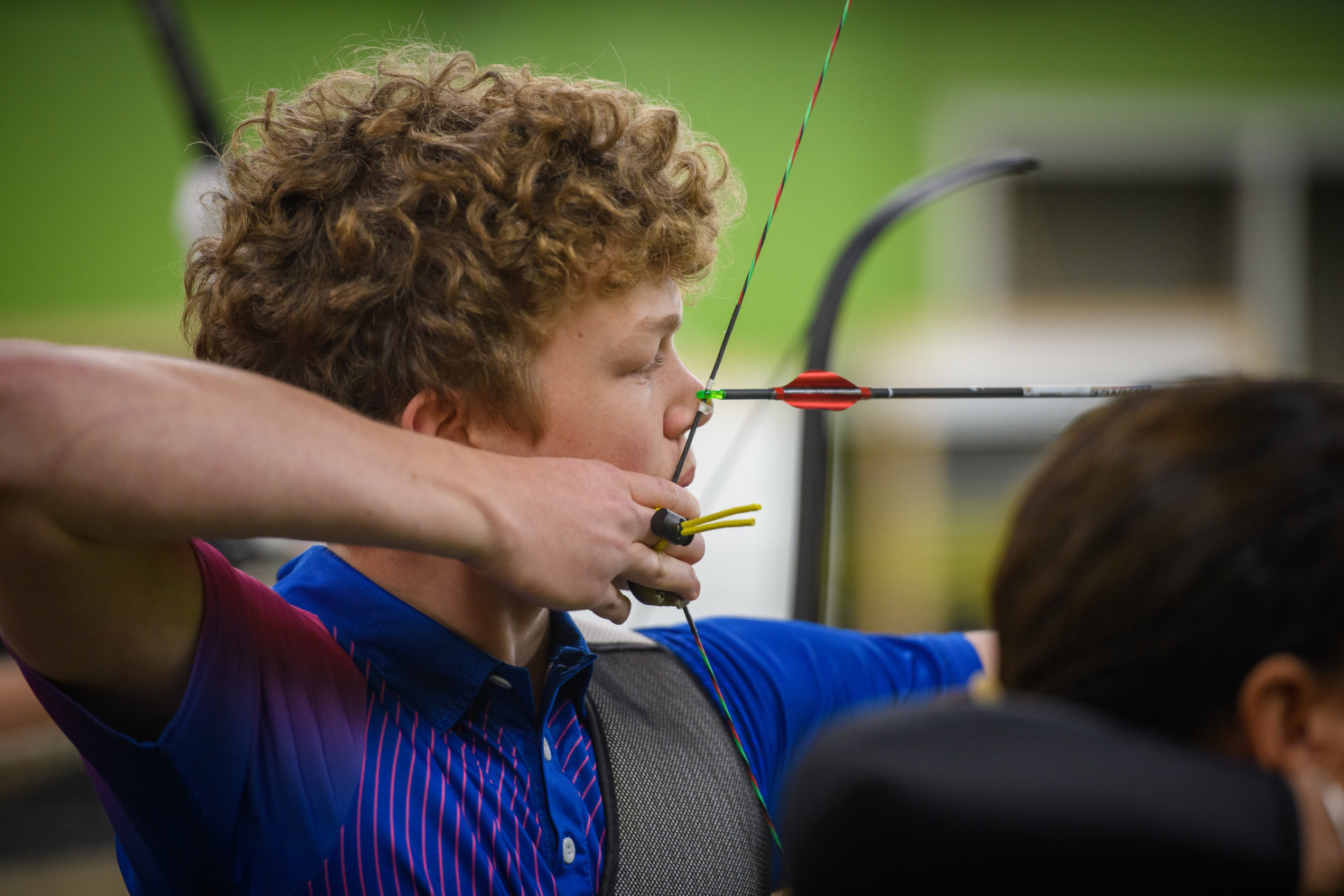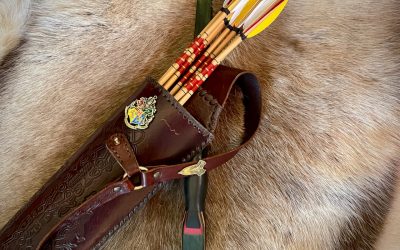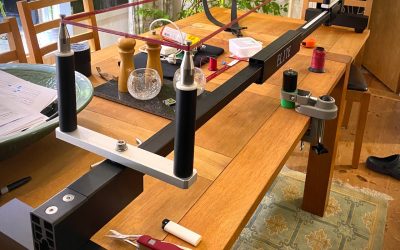Part 2. in the series of different draws
Can We Rank Them?
Ah, the age-old question: can we rank different draw types in archery as if we were placing contenders on a podium? It’s tempting, isn’t it? After all, precision and consistency are often the ultimate measures of success in modern target archery. But ranking these techniques is not as straightforward as it may seem.
The precision of different draw techniques depends on several factors, including the archer’s skill, the type of bow, the context of use, and the inherent mechanics of the draw itself. While some draw techniques are naturally more suited for precision, others prioritise speed, power, or adaptability. It is possible to evaluate the techniques based on their general tendency for precision, but such a ranking is inherently subjective and situational.
If we were to approach the task purely for the sake of playful comparison, we might present a ranking that looks something like this:
- Mediterranean Draw
- Three-Finger Under Draw
- Thumb Draw
- Kyudo Draw
- Slavic Draw
- Pinch Draw
This list, however, is highly situational. The order assumes an idealised world where the skill of the archer, the type of bow, and external conditions are all equal. Spoiler alert: they never are.
Factors Affecting Precision
String Control
Precision relies heavily on how consistently the archer can draw and release the string. Draws that offer greater control, such as the Mediterranean or three-finger under, generally provide better accuracy.
Anchor Point
Techniques with a clear and repeatable anchor point (the position where the draw hand aligns with the face) are better for precision. A consistent anchor ensures the arrow is released from the same position every time.
Release Mechanics
Smooth releases minimise string oscillation and improve arrow flight. Thumb draws, for instance, often produce cleaner releases when mastered.
Cultural Context and Purpose
Some techniques were developed for precision in competition or hunting (e.g., Mediterranean draw), while others were designed for speed and versatility in combat (e.g., thumb draw or dynamic releases).
What About Mechanical Releases?
Of course, if we introduce a mechanical release aid into the equation—often used in compound archery—precision increases significantly. A release aid, used with a D-loop on the string, eliminates the inconsistency of finger tension and greatly reduces string interference. This setup allows for an incredibly clean release, making it the most precise option in modern archery when combined with sights and stabilisers.
However, a release aid is a tool that exists outside traditional draw methods and fundamentally changes the mechanics of the shot. It is more akin to triggering a controlled mechanism than executing a manual release. For this reason, while it provides exceptional accuracy, it isn’t typically included when comparing traditional draw styles.
Evaluating the Techniques for Precision
Here’s a general comparison of the draw techniques mentioned earlier, based on their potential for precision:
- Mediterranean Draw
- Precision Potential: High
- Why: The balanced grip and clear anchor point make it ideal for accurate shooting, especially at long distances. This is why it’s the standard in Olympic archery.
- Drawback: While versatile and effective, the Mediterranean draw can introduce torque on the string if finger pressure is uneven. This can cause slight variations in arrow flight, especially for archers who are not yet proficient in maintaining consistent finger placement and tension.
- Three-Finger Under Draw
- Precision Potential: Medium-High
- Why: By placing all fingers below the arrow, this draw shifts the arrow closer to the line of sight, simplifying aiming for instinctive or close-range shooting. This configuration makes it particularly effective for archers who rely on natural alignment rather than mechanical aids.
- Drawback: May compromise stability for distance shooting.
- Thumb Draw
- Precision Potential: Medium
- Why: When performed correctly, the thumb draw offers a smooth release and is very effective with short, powerful composite bows. Its use with thumb rings reduces string torque.
- Drawback: Difficult to master, and inconsistent technique can cause errors.
- Pinch Draw
- Precision Potential: Low
- Why: This primitive method lacks the stability provided by other techniques. It’s hard to maintain consistent arrow flight due to the limited grip.
- Drawback: Best suited for low-draw-weight bows, with little relevance for modern precision shooting.
- Slavic Draw
- Precision Potential: Medium-Low
- Why: While functional, the uneven finger placement can cause minor inconsistencies in string tension and arrow flight.
- Drawback: Rarely used today and not optimised for modern bows or competitive shooting.
- Japanese (Kyudo) Draw
- Precision Potential: Medium
- Why: Kyudo prioritises form and spiritual alignment over mechanical precision. The asymmetrical bow and full-hand draw require great discipline but can yield accuracy with practice.
- Drawback: Designed for ceremonial and philosophical contexts, not competition or hunting.
Mastery Over Method
Archery is not a one-size-fits-all discipline. A draw technique is only as effective as the archer who uses it. An experienced thumb draw practitioner can outshoot an inexperienced archer using the Mediterranean draw, despite the latter being considered superior for precision in modern contexts. Conversely, someone trained in kyudo for decades may display a spiritual grace and consistency that defies conventional rankings.
Context is King
Consider the following scenarios:
- In Olympic competition, the Mediterranean draw dominates due to its suitability for sighted shooting.
- In mounted archery, the thumb draw reigns supreme, enabling swift, fluid shots from horseback.
- In historical reenactments or instinctive shooting, styles like the Slavic draw or three-finger under become more relevant due to their connection to practical, context-specific use.
- In modern compound archery, the mechanical release aid, combined with a D-loop, reigns as the king of precision.
The Verdict: A Ranking for Fun, Not Fact
Ultimately, while it may be amusing to create hypothetical rankings, they should be taken with a grain of salt. The effectiveness of each draw style depends on myriad factors—from the archer’s physicality and training to the purpose of their shot and the environment in which they shoot.
In short, the true ‘best’ draw is the one that suits your goals and feels right for you. Whether you’re standing on a competition line or galloping at full speed, mastery and context will always matter more than any theoretical ranking.






0 Comments